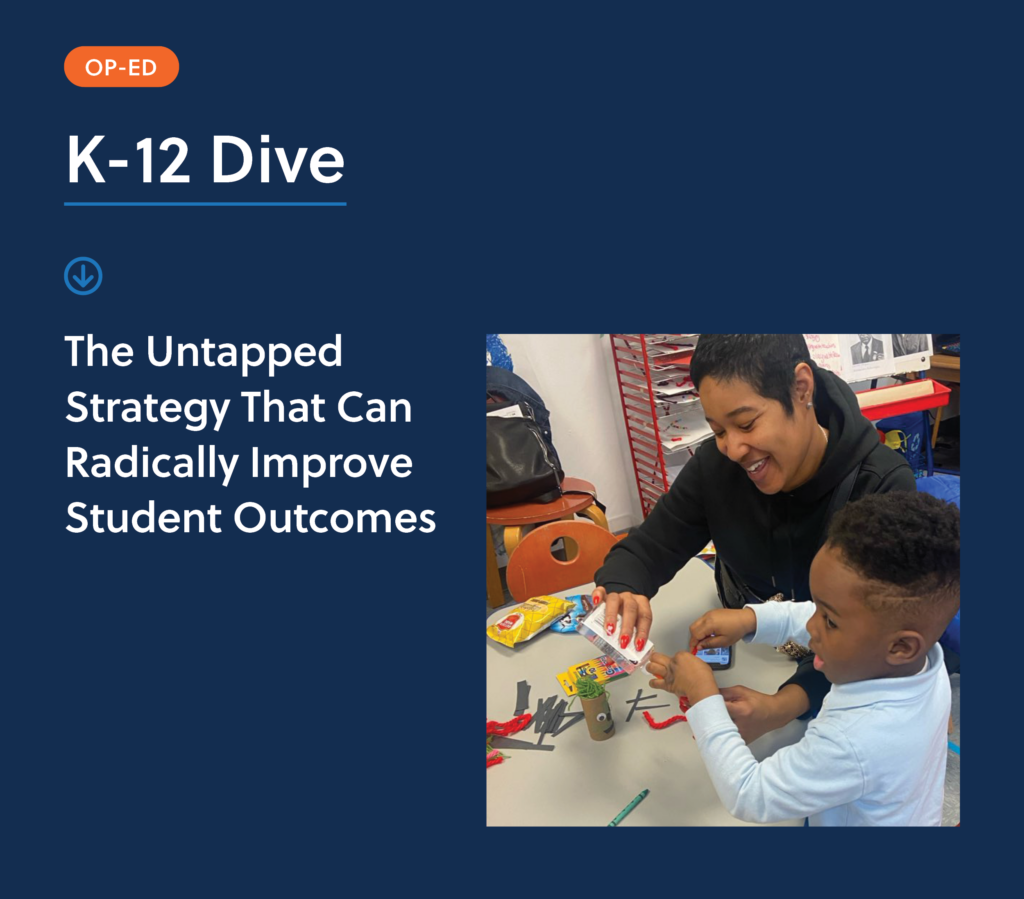In this K-12 Dive op-ed, David Jacobson highlights how First 10 school-community partnerships focused on children and families can provide coordinated support that changes lives.

This evaluation brief by the American Institutes for Research® (AIR®) shares findings from the first year of implementation in Michigan communities. First 10 pilot sites addressed barriers that limit families’ access to school readiness services; aligned pre-K and Kindergarten practices; and improved collaboration among schools, early childhood programs, and community partners; among other successes.

David Jacobson describes the three core design principles of innovative communities nationwide that are reinventing early childhood education: connecting early years and early grades, deepening partnerships with families, and strengthening communities.

Education policy has become as polarized as the rest of American politics. In the new administration, disagreements over standards, funding, school choice, and students’ civil rights are sure to intensify. Yet despite this polarized state of affairs, liberal and conservative education priorities are converging in a number of important respects, driven in part by mounting research findings. Common ground is emerging where conservative commitments to character formation, strong families, and local solutions meet liberal commitments to services that help low-income families overcome obstacles to improving their quality of life. Borrowing a term from the Harvard political scientist Robert Putnam, David Jacobson suggests that a number of educational priorities, described below, are “purple”—they resonate with both red and blue constituencies. Further, these priorities animate a powerful reform movement that is spreading across the country.
